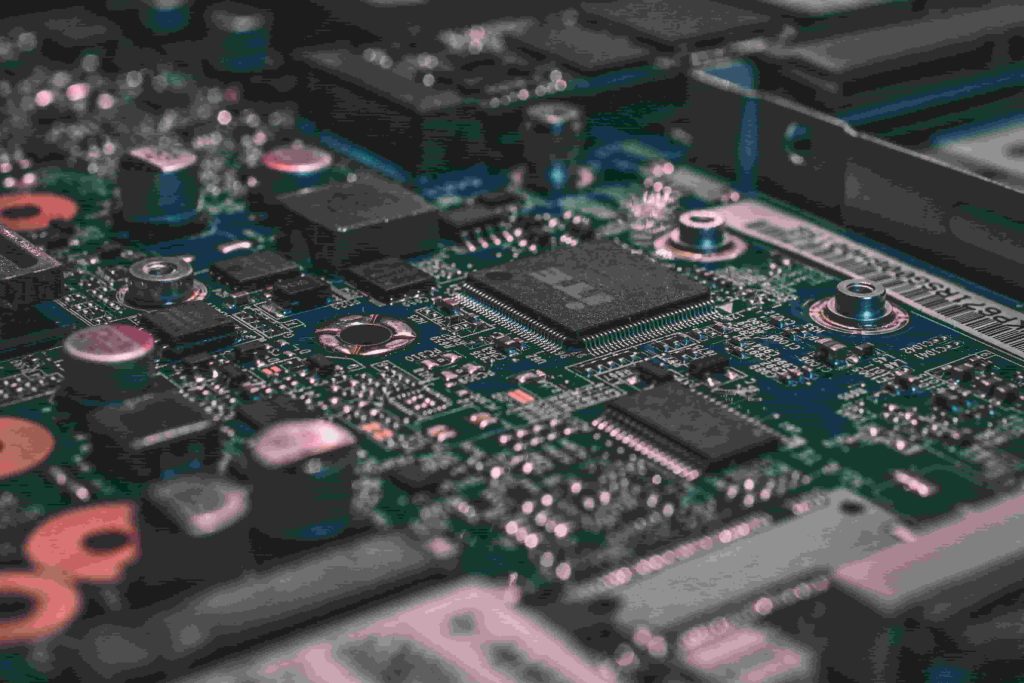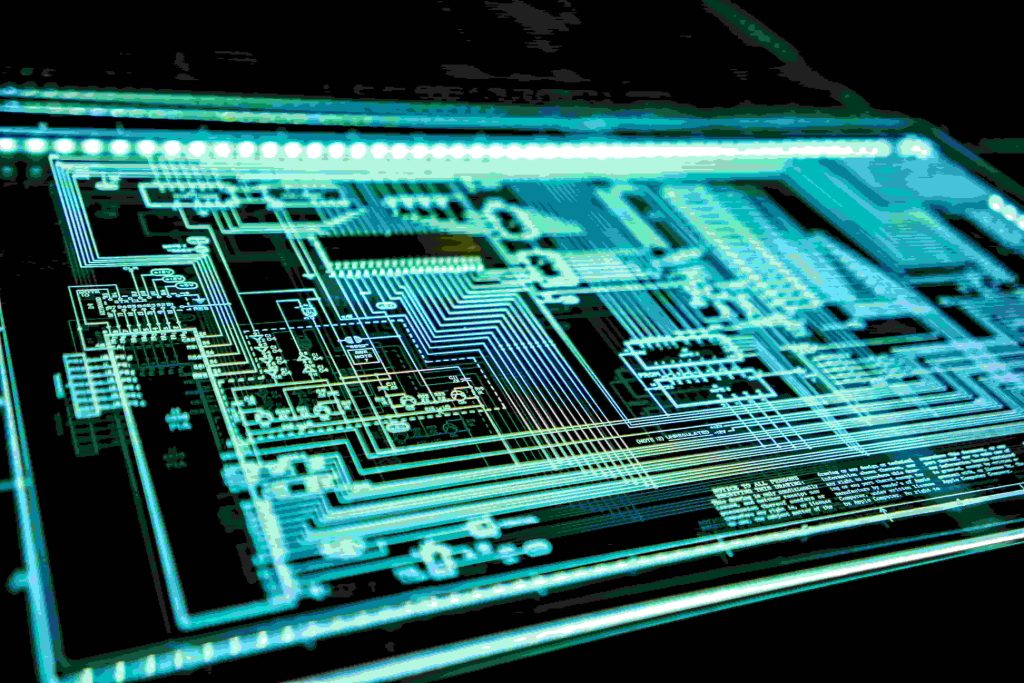While AI has soared in popularity—powering everything from large language models to advanced analytics—hardware has become the silent battleground of 2025. Demand for high-performance AI chips (GPUs and specialized accelerators) has reached a fever pitch, with NVIDIA reporting its newest Blackwell series data-center GPUs sold out until late 2025. Cloud giants and AI labs hoarding these components in bulk means smaller dev teams or research institutions might struggle to access the hardware needed for training advanced models. Below, we’ll dissect the GPU supply crunch, examine how alternative vendors are stepping up, and discuss strategies like model optimization to operate with limited resources.
1. The GPU Supply Crunch: Blackwell Sells Out

1.1 NVIDIA’s Dominance
- Market Share: NVIDIA’s GPUs remain the go-to choice for deep learning, thanks to mature CUDA libraries and ecosystem support.
- Blackwell Series: Announced with next-gen tensor cores, improved memory bandwidth, and advanced multi-instance GPU features—instantly snapped up by major cloud providers.
- Bulk Purchases: Firms like AWS, Azure, GCP, and large AI labs (OpenAI, etc.) buy entire stock allocations, leading to zero availability for smaller customers.
Result: If your startup or research lab wants top-tier GPUs, you might wait months or join a queue—hampering project timelines or forcing plan B.
1.2 The Impact on Smaller Devs
- Delayed Access: Without enterprise-level purchase volumes, small or mid-sized dev shops might watch their HPC expansions stall.
- Cloud Queues: Even cloud-based GPU offerings face limited slots, requiring users to sign up for queue-based “AI as a Service.”
Dev Dilemma: To train large models or run frequent experiments, you either get creative with alternative hardware or minimize usage (like carefully scheduling training times to off-peak hours).
2. Alternative Vendors & Solutions
2.1 AMD, Google TPUs, and New Startups
- AMD GPUs: Competing with NVIDIA in HPC, sporting improved ROCm software stacks for AI. Some see AMD as a direct fallback if NVIDIA’s backlog persists.
- Google TPUs: Tensor Processing Units specifically designed for large-scale AI tasks, available via Google Cloud.
- Startups: New chip makers (e.g., Cerebras, Graphcore) produce specialized AI accelerators, offering higher memory or unique architectures.
Key: Each alternative has its own software ecosystem. Dev teams must adapt code or rely on frameworks bridging these platforms, e.g., PyTorch’s or TensorFlow’s multi-backend approach.
2.2 Diversifying Compute Options
- Multi-Cloud HPC: Using whichever cloud provider has capacity at the time—some devs spin up partial jobs on GCP TPUs, others on Azure or local HPC clusters.
- On-Prem: Larger enterprises sometimes buy HPC boxes from AMD or specialized vendors to ensure stable availability. This can be pricier upfront but bypasses the cloud GPU queue.
Outcome: A more competitive hardware market, with potential for cost negotiation or brand-new architectures that challenge the NVIDIA monopoly.
3. Queued AI as a Service
3.1 Cloud Providers’ Response
- Reserved Capacity: Some clouds let you reserve GPU nodes for certain hours or pay a premium to skip queues.
- Tiered Access: Enterprise customers with big contracts get priority, while smaller devs remain on waitlists or must schedule usage windows.
Pro Tip: If you’re a startup, sign up for usage grants or early partnership programs offered by certain cloud HPC solutions—sometimes you get discounted or guaranteed slots for dev or research tasks.
3.2 Impact on Workflow
- Scheduled Training: Instead of on-demand training runs, you might plan training days or hours.
- Model Development: Devs rely on smaller local or older GPUs for prototyping, only requesting HPC resources for final large-scale training.
Dev Note: This fosters more efficient planning but can stifle spontaneous iteration or large hyperparameter sweeps that used to run on a whim.
4. Model Optimization & Lower Resource Usage
4.1 Pruning & Quantization
- Pruning: Removing redundant weights in large neural nets, trimming memory usage and compute cycles.
- Quantization: Using lower precision (int8, int4, etc.) to speed up training and inference. Gains are significant if the model remains accurate.
Outcome: Less resource-intensive models let devs do more with mid-tier GPUs. Some frameworks handle these optimizations automatically or offer simple toggles.
4.2 Distillation & Smaller Architectures
- Knowledge Distillation: Teaching smaller “student” models from a large “teacher” model’s outputs, preserving performance with fewer parameters.
- Specialized Net Designs: Efficiency-minded architectures (MobileNet, EfficientNet) historically used in mobile contexts also help HPC constraints.
Strategy: By adopting these approaches, devs circumvent the GPU shortage’s worst effects, training or inferring on hardware that’s more accessible or cheaper.
5. The Road Ahead for Devs and Businesses

5.1 Plan for HPC Constraints
- Hybrid Approach: Mix local mid-range GPUs for daily dev tasks with occasional cloud HPC bursts for final training.
- Dependency on MLOps: More advanced scheduling and pipeline automation to handle queued resources or multi-GPU combos across clouds.
5.2 Potential Price Adjustments
- Cost Surge: If HPC capacity is scarce, usage rates for prime GPU instances might spike, pressuring dev budgets.
- Hardware Catch-Up: Over time, factories might expand production or new vendors fill the gap, normalizing supply again.
Advice: Factor HPC scheduling and cost into project timelines. Factor in whether cheaper or older GPUs suffice for partial tasks, letting you wait for prime HPC only when essential.
6. Conclusion
The 2025 AI hardware scene revolves around soaring demand for top-tier GPUs—like NVIDIA’s Blackwell—which are snapped up by big players, leaving smaller devs or labs in a hardware crunch. Meanwhile, alternative accelerators (AMD, Google TPUs, specialized startups) offer some relief, but each has unique software stacks. The scarcity fosters “AI as a Service” with queues, forcing devs to schedule HPC usage carefully. Simultaneously, model optimization—through pruning, quantization, or distillation—allows teams to do more with less. For devs, a combined approach—smart HPC planning, multi-cloud fallback, and lighter model design—remains key until supply catches up with demand. As HPC chipmakers scale up production, a more balanced market may emerge, but for now, the race for AI hardware is a defining hallmark of 2025’s computing landscape.












